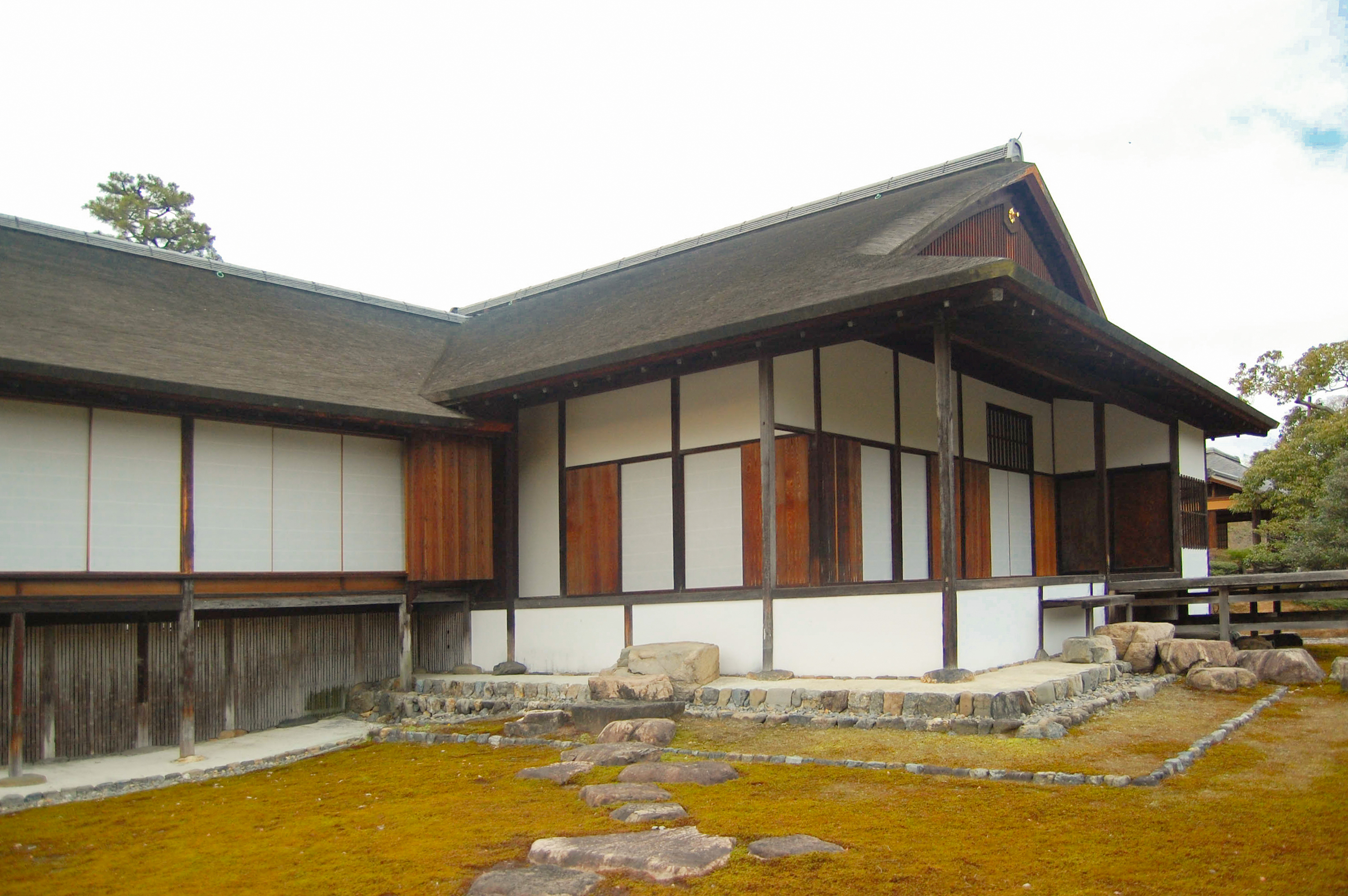|
Sukiya-zukuri
is one type of Japanese residential architectural style. ''Suki'' means refined, well cultivated taste and delight in elegant pursuits and refers to enjoyment of the exquisitely performed tea ceremony. The word originally denoted a building in which tea ceremony was done (known as a ''chashitsu'') and was associated with '' ikebana'' flower arranging, and other Japanese traditional arts. It has come to indicate a style of designing public facilities and private homes based on tea house aesthetics. Historically and by tradition, ''sukiya-zukuri'' is characterised by a use of natural materials, especially wood. In contemporary architecture, its formal and spatial concepts are kept alive in modern materials such as steel, glass and concrete. Origins In 1587, Toyotomi Hideyoshi (1536–98) employed the tea master Sen no Rikyū as his advisor on aesthetic matters. In the compound of Hideyoshi's imposing Jurakudai castle in Kyoto Rikyū designed an eighteen mat building known as t ... [...More Info...] [...Related Items...] OR: [Wikipedia] [Google] [Baidu] |
Shoin-zukuri
is a style of Japanese residential architecture used in the mansions of the military, temple guest halls, and Zen abbot's quarters of the Muromachi (1336-1573), Azuchi–Momoyama (1568–1600) and Edo periods (1600–1868). It forms the basis of today's traditional-style Japanese house. Characteristics of the development were the incorporation of square posts and floors completely covered with '' tatami''.Kodansha Encyclopedia of Japan, entry for "shoin-zukuri". The style takes its name from the , a term that originally meant a study and a place for lectures on the sūtra within a temple, but which later came to mean just a drawing room or study. History The foundations for the design of today's traditional Japanese residential houses with tatami floors were established in the late Muromachi period (approximately 1338 to 1573) and refined during the ensuing Momoyama period. , a new architectural style influenced by Zen Buddhism, developed during that time from the of t ... [...More Info...] [...Related Items...] OR: [Wikipedia] [Google] [Baidu] |

